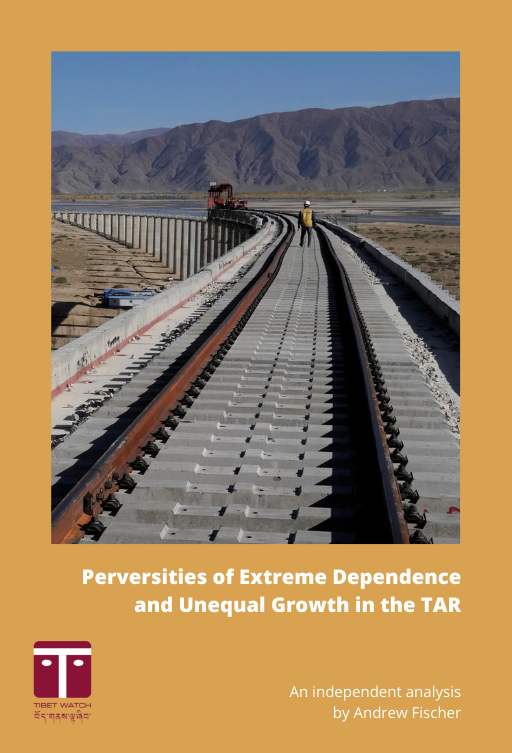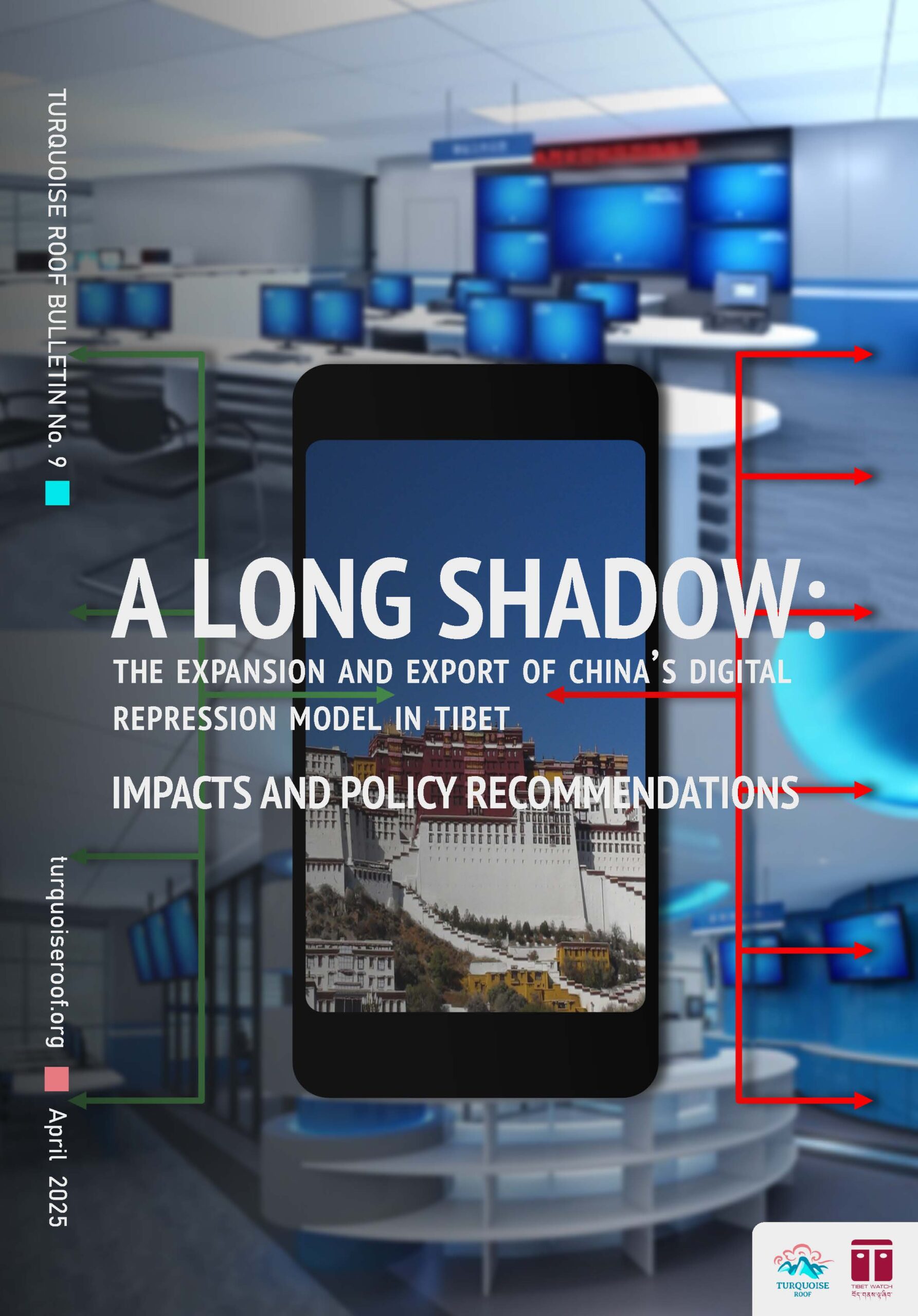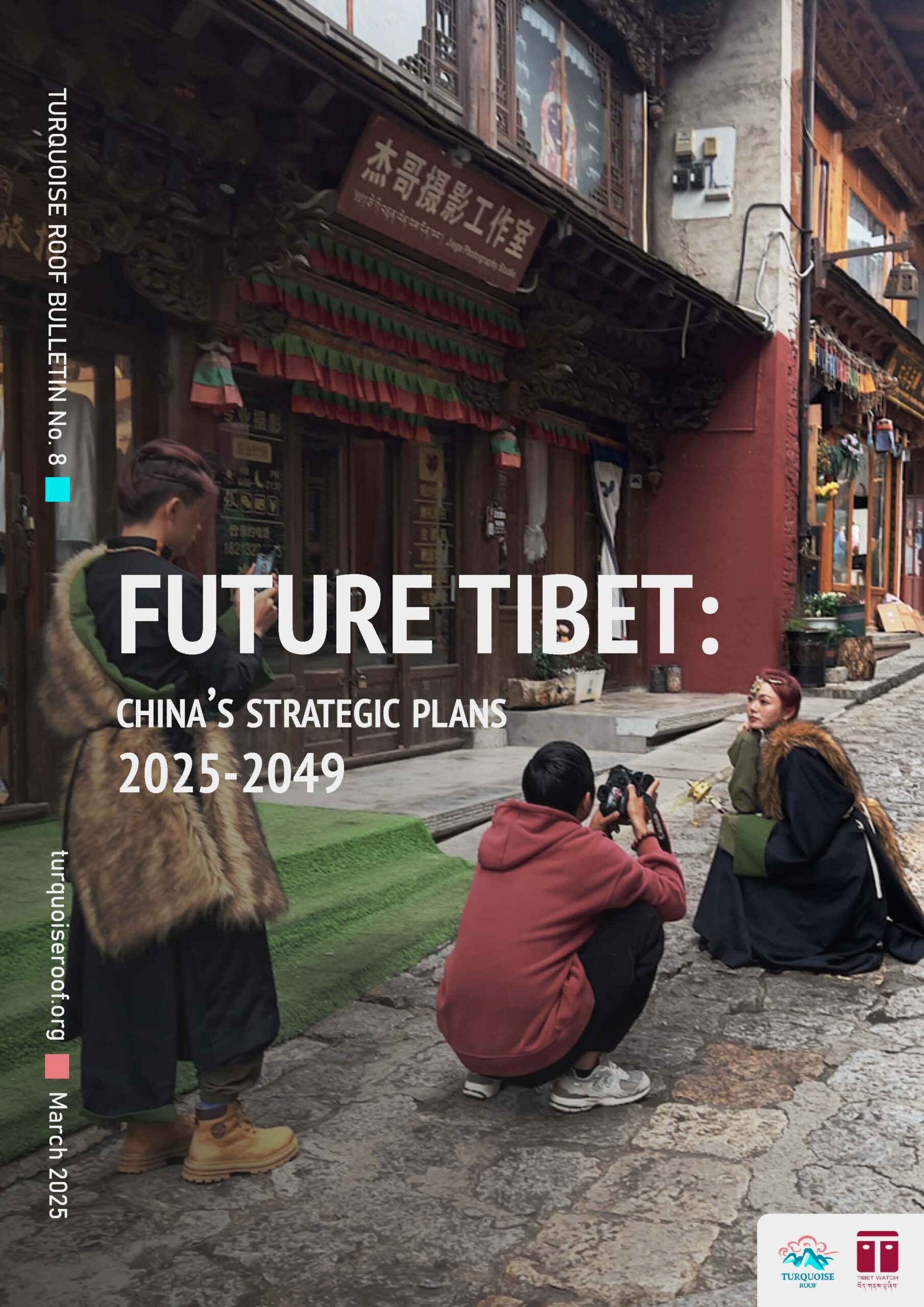
Executive Summary
This first in a series of independent analyses by Andrew Martin Fischer, commissioned by Tibet Watch, a research-based organisation established in London in 2006, examines the rapid growth that has been generated in the Tibetan Autonomous Region (TAR) through the extremely heavy government spending and investment strategies of the People’s Republic of China (PRC).
His analysis, based on official government statistics and supplemented with observations from the ground, reveals that the majority of Tibetans are increasingly marginalised from rapid growth. This is due to extreme and inefficient dependence on government sources of finance from outside the province (mostly from Beijing), together with the fact that such finance continues to be targeted at urban areas and sectors where Tibetans have the hardest time competing with Chinese migrants. Instead, the opportunities created largely advantage workers and entrepreneurs with Chinese-fluency, Chinese work cultures, and connections to government or business networks in China. This combination in turn exacerbates inequality and the exclusionary dynamics of growth, given that the majority of Tibetans have more and more difficulty accessing the state or private networks that control the dominant sources of wealth in the economy. Therefore, the most urgent problem within these developments is what the author calls ‘ethnically exclusionary growth’.
The highlights of the analysis include the following:
- According to detailed statistics available up to the end of 2005, the TAR economy doubled from 2000 to 2005. Underlying this, the economic value of construction and the tertiary sector tripled, whereas industry and mining only grew by three-quarters and agriculture by only one-third.
- The tertiary sector itself accounted for 64% of the economy and 66% of economic growth in the first half of 2007 (i.e. it is not only huge, it is also growing fast).
- Government administration probably continues to be the largest single category within this rapidly expanding tertiary sector, as it was in 2001 when it accounted for 13% of the economy (compared to 2.7% in China overall). This unusually large and rapidly growing category might indicate military or security concerns.
- Despite huge increases in tourism in recent years, with tourists possibly exceeding the Tibetan population of the TAR for this first time this year, government administration still holds more economic importance than the expected tourist revenue.
- Economic growth in the TAR is fuelled by massive injections of subsidies and subsidized investments, largely funded by Beijing, although given the way that these subsidies are spent, and who spends them, the government is in fact digging the local economy deeper and deeper into dependence on these subsidies.
- The combined level of budgetary subsidy and subsidised investment rose to an astonishing 120% of the economy in 2004 and 2005. In other words, the government was apparently spending or investing more in the TAR than the entire economic activity recorded in those years.
- Correspondingly, these subsidies and subsidised investments were incredibly inefficient, characterised by a ‘negative multiplier effect’ on growth; there was only 0.5 yuan of GDP increase in the TAR for every one yuan of increased subsidies and investment in 2001, and the situation had barely improved by 2005. This remarkable inefficiency has been consistent since the government started to subsidise the TAR intensively in the late 1960s. Current development policies seem to be only intensifying the problem rather than solving it.
- The general characteristics of who controls the subsidies and how they are spent results in their considerable leakage from the province. In other words, money goes in and goes out, without much turnover to benefit local production or demand, besides a skimming of trade and services, which again is dominated by outsiders and based on imports from elsewhere in China.
- The situation also results in sharp polarisation of wealth. Urban-rural inequality in the TAR reached a peak in 2002, at the highest-level China has ever seen by far. It fell slightly after 2002, although inequality within the urban areas themselves has been increasing sharply since the late 1990s, when it was already at one of the highest levels in China.
- Despite occasional government assertions to the contrary, official statistics up to 2005 do not show any improvement in education levels. Illiteracy was still at 45%, urban illiteracy at 41%, and the proportion of the population with secondary education and above at only 11.5%.
- The last group – those with secondary education and above – are probably the only Tibetans with a decent degree of Chinese fluency and who can therefore hope to take advantage of urban economic opportunities based on Chinese-fluency, Chinese work cultures, and connections to government or business networks in China. They might benefit handsomely under this system, although the rest have to contend with increasingly competitive conditions in which they are invariably disadvantaged.
In this context, Fischer argues that we should be more concerned about rising inequality, particularly given the extreme state of external dependence and local disempowerment that characterises growth in the TAR.


